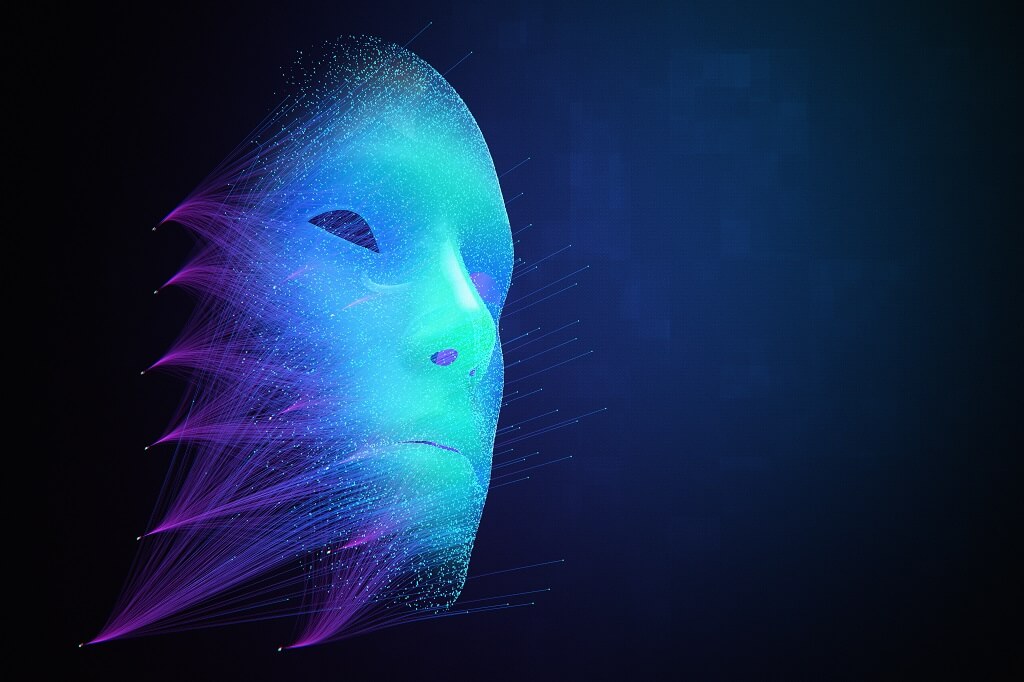Technology has undoubtedly become an integral part of our daily lives. We use it to communicate, work, entertain ourselves, and even to keep track of our health. However, like any other entity with which we have a relationship, our relationship with technology is complex and multi-faceted.
The question of whether this relationship is healthy or unhealthy is not a simple one to answer.
On the one hand, technology has greatly improved our lives. It has made communication, for example, faster and more convenient than ever before. Through social media, video calls, and messaging apps, we can now instantly connect with people all over the world. This has allowed us to keep in touch with loved ones who live far away and has aided in the growth of global communities. Furthermore, technology has made work more efficient, allowing us to accomplish more in less time. This has provided us with more free time to pursue other interests.
On the other hand, technological advancements have had some negative consequences. One of the most serious issues is the impact of technology on our mental health. Anxiety, depression, and loneliness have all been linked to increased use of social media. Constant pressure to present a flawless image of ourselves online can be exhausting and lead to feelings of inadequacy. Furthermore, technological advancements have made it easier for us to disconnect from the world around us. We can spend hours scrolling through our phones, oblivious to the people and surroundings around us.
Another issue with our relationship with technology is its effect on our physical health. Many of us spend hours each day hunched over our phones or sitting in front of a computer screen. This can result in a variety of health issues, including back pain, eye strain, and poor posture.
Furthermore, the blue light emitted by screens can disrupt our sleep patterns, resulting in insomnia and other sleep disorders.
Despite these drawbacks, I believe our relationship with technology is ultimately beneficial. The advantages that technology brings to our lives far outweigh the disadvantages. Technology has enabled us to connect with people in previously unimaginable ways, to accomplish more in less time, and to make our lives easier and more convenient. Furthermore, the negative consequences of technology are due to how we use it rather than the technology itself. We can use technology in a healthy and balanced way if we have the right mindset and habits.
Being mindful of how we use technology is one of the keys to maintaining a healthy relationship with it. We should be deliberate about when and how we use our devices, scheduling time for work, socializing, and leisure activities. In addition, we must be aware of the effects of technology on our mental and physical health and take steps to mitigate these effects. This could include taking breaks from screens on a regular basis, practicing good posture, and getting regular exercise.
Ultimately, our relationship with technology is complicated and multifaceted. While our reliance on technology has undoubtedly negative consequences, I believe that our relationship with it is ultimately healthy. We can continue to benefit from the many benefits that technology brings to our lives by being mindful of our usage and taking steps to mitigate any negative effects.








